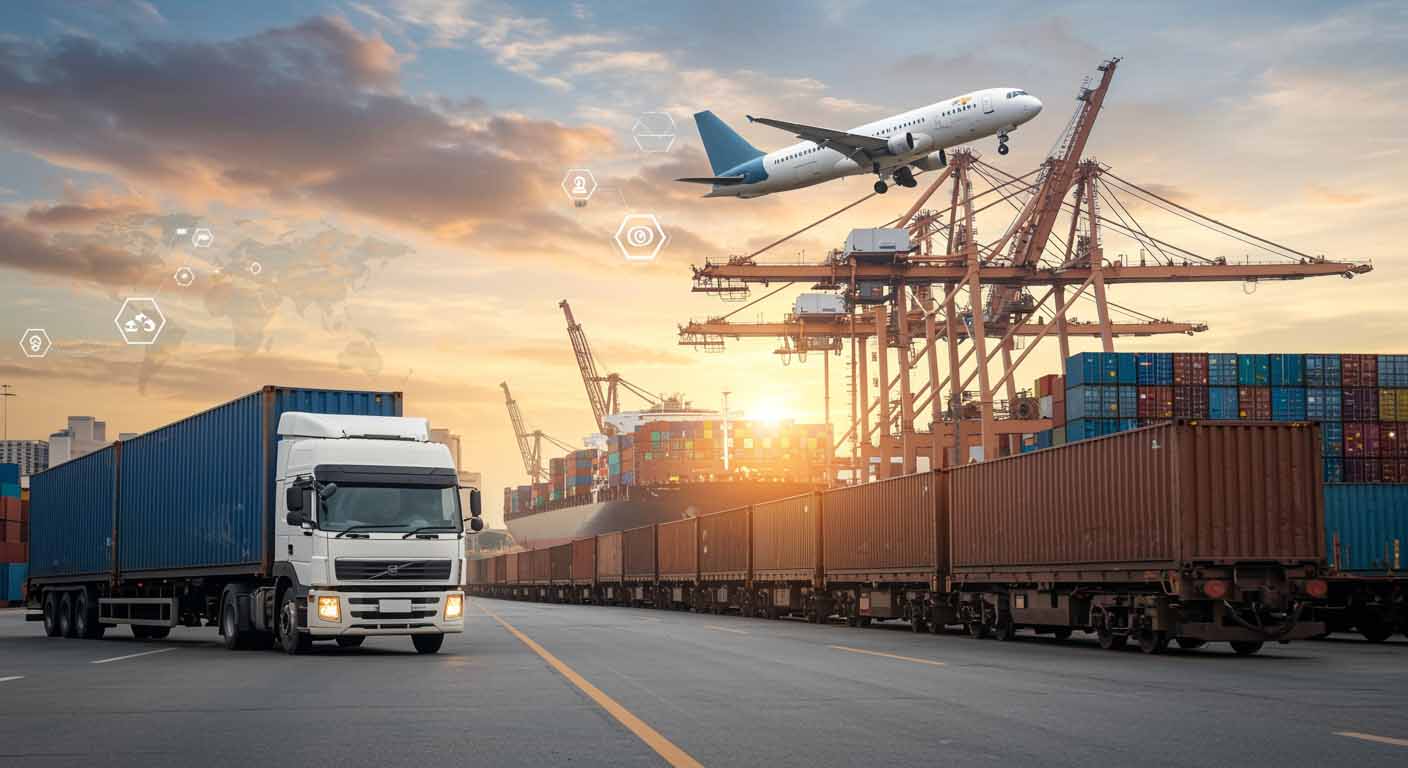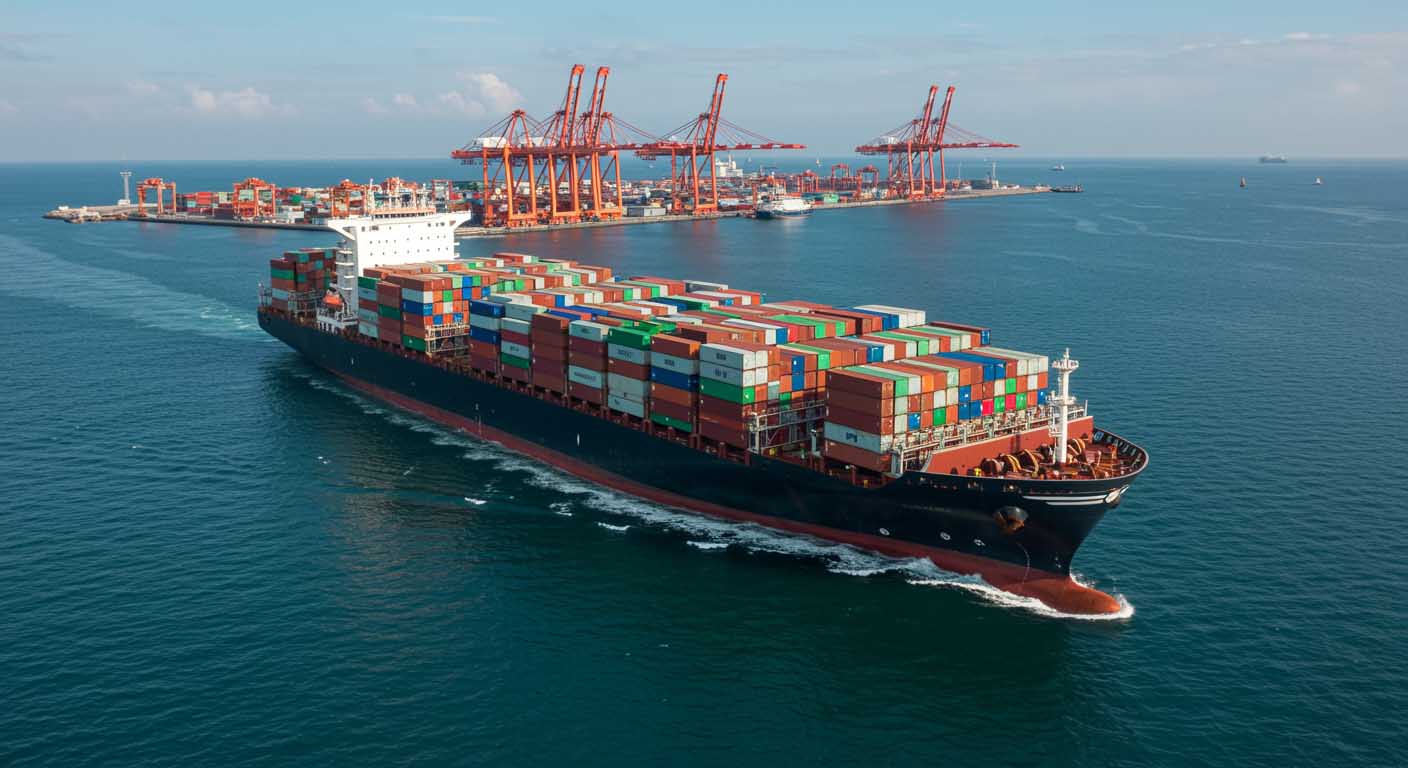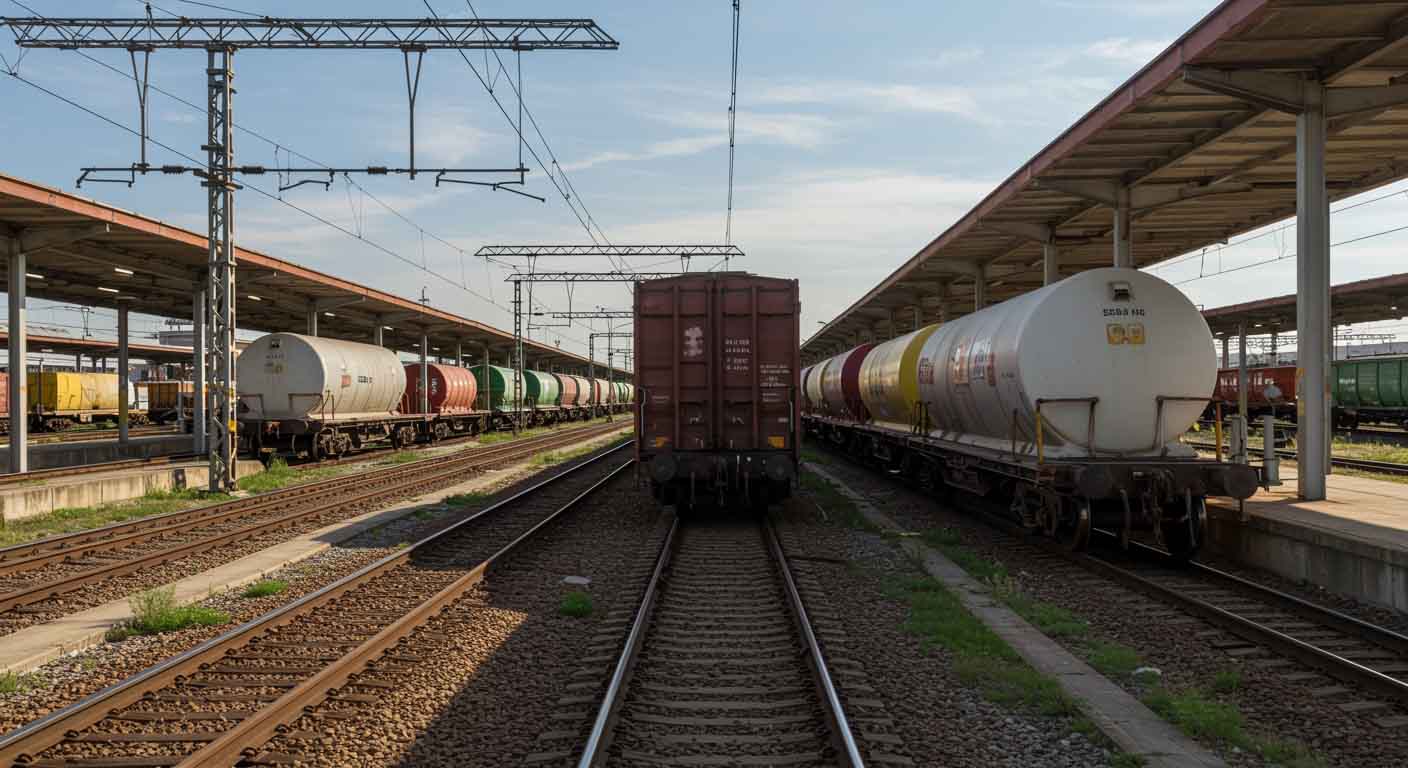
Logistics has shown many developments from the past to the present. The most important of these developments has been in the types of transportation. Different types of transportation are used to ensure that countries reach their loads quickly and safely. In the transportation types used, factors such as the country's geographic size, the weight of the load, the volume of the load, and the type of load are decisive. Not every load can be transported by road transport, just as not every load can be transported by sea, air, or rail transport. In this context, we have explained in detail what transportation types are and their characteristics. But first, let's briefly talk about what logistics is.
What is Logistics?
If we need to give a general definition of logistics, it is the management of all processes from the point of departure to the point of arrival of the load. The biggest misconception about logistics is that it only involves transportation. However, logistics encompasses all processes that a load goes through until it reaches its destination. Logistics is a comprehensive process including the transportation of the load, planning of the transportation stage, controlling the load, and storage of the load. The main goal of logistics can be explained as transporting products or goods to the destination in the shortest time and in the most suitable way. There are 5 basic transportation processes in logistics. These transportation types are; road transportation, sea transportation, air transportation, rail transportation, and pipeline transportation. Let us explain these transportation types to you in detail.

Road Transportation
Road transportation is currently preferred quite frequently, and a large part of logistics processes are managed through road transportation. To explain road transportation, it is the delivery of a load from the point of departure to the point of arrival via road infrastructure. This process is carried out with road vehicles. Road transportation is divided into 2 groups within itself. If domestic transportation is to be done, it is called domestic road transportation; if international transportation is to be done, it is called international road transportation.
The most important reason why road transportation has a significant role in logistics processes is because it is very popular in combined transportation. Let's briefly explain what combined transportation means. Combined transportation is managing the logistics process with two or more transportation types. For example, loading the load onto a train from the departure point and then transferring it onto road vehicles at another point to reach the destination is an example of combined transportation. Usually, road transportation plays an important role in combined transportation. So, what are the advantages offered by road transportation?
Advantages of Road Transportation
The high preference for road transportation is due to many benefits it provides in logistics processes. Let's briefly explain these benefits.
- First and foremost, the biggest advantage offered by road transportation is the ability to determine alternative routes. Alternative routes can be produced to ensure the load reaches the destination in the safest and fastest way. The creation of alternative routes allows the logistics process to extend everywhere.
- The other significant advantage of road transportation is time savings. Since both the identification of alternative routes and the primary goal of road logistics is to deliver the goods as quickly as possible, it provides time savings.
- As mentioned earlier, road logistics is very frequently preferred as part of combined transportation. The reason for this is the ability to reach everywhere with a road infrastructure. This means that road transportation has a door-to-door logistics approach.
- The operational processes of road transportation are much shorter compared to other transportation types. Since the main purpose of road transportation is to deliver the load to the destination as quickly as possible, the operational processes are also quite fast. However, the speed of operational processes does not mean they are without scope.
- Thanks to the door-to-door logistics approach, it is almost impossible for products to encounter adverse conditions.
Sea Transportation

Sea transportation can be explained as a transportation type that ensures the most reliable and fastest inter-port trade over waters. Since sea transportation is carried out over seas, transportation is done via ships. Sea transportation has a very high carrying capacity. Thanks to this high capacity, it enables logistics at affordable prices. Additionally, it is necessary to transport loads that need to be moved over very long distances by sea. Sea transportation allows for the transportation of both sensitive and hazardous loads.
Sea transportation is the most reliable among international transportation types. It ensures that loads reach their destination safely via seas from the departure point.
The two main reasons for choosing sea transportation are cost advantage and the ability to transport high-volume goods. Since high-volume goods are transported, the cost is significantly lower compared to other transportation types.
Sea transportation is divided into 2 types: irregular (Tramp) shipping and regular (Liner) shipping.
In irregular (Tramp) shipping, the entire ship is loaded with loads. For example, the transportation of high-volume loads such as oil and timber is more common. Here, the ship needs to be almost fully loaded or fully loaded to set sail.
In regular (Liner) shipping, the most important thing is not the load but the service. The primary goal is to ensure that the load reaches the destination quickly and safely from the departure point. In this context, the ship is not expected to be fully loaded. The ship departs once the scheduled time to complete the logistics operation.
Air Transportation

Air transportation aims to deliver loads in the shortest possible time compared to other transportation types. Since air transport is much faster than normal transportation methods, loads transported by air reach their destination more quickly. Usually, the goal in air transportation is to deliver loads the next day. Transporting via passenger aircraft helps prevent high costs, as it is not as expensive as many think. However, low-volume loads are transported by passenger planes. If you have high-volume loads, cargo planes can be used for transportation.
Additionally, aircraft can carry valuable metals, precious items, and hazardous materials. Since these loads fall into a special cargo category, they are transported with extra precautions. This ensures both speed and safety in transportation. There are many advantages offered by air transportation. Let's briefly mention these advantages.
Advantages of Air Transportation
The advantages of air transportation are as follows:
- The most significant advantage of air transportation is undoubtedly speed. It allows urgent and perishable goods to be included in the logistics process by reaching the destination very quickly.
- As mentioned earlier, it enables the transportation of small-volume loads. How does this provide an advantage? Small-volume loads are not very secure in other transportation types. There can be negative situations due to the high volume of other loads, but with air transportation, even the smallest load can be transported.
- Since there are special cargo and customs procedures for air transportation, these processes are resolved much faster compared to other transportation types. This makes the already fast air transportation even faster.
- The route is not fixed, and the route can be flexible to ensure the product reaches the destination as quickly as possible. This allows delivery dates to be maintained.
Rail Transportation

Rail transportation involves transporting loads from the departure point to the destination via wagons on rails. It can reach terminals located everywhere along the railway. Rail transportation is quite long-lasting and provides a cost advantage due to low investment and maintenance costs.
Rail transportation is very important for developed countries. These countries often combine rail with other transportation modes to save time and costs. Most combined transportation is done via road, completing the concept of door-to-door logistics.
An important reason for choosing rail transportation is its environmentally friendly nature. Rail transportation is the most eco-friendly among transportation types.
Pipeline Transportation
Pipeline transportation has been increasingly used recently. It involves transporting substances such as oil and natural gas through pipelines. The ability to transport large quantities quickly via pipelines provides a significant advantage.






